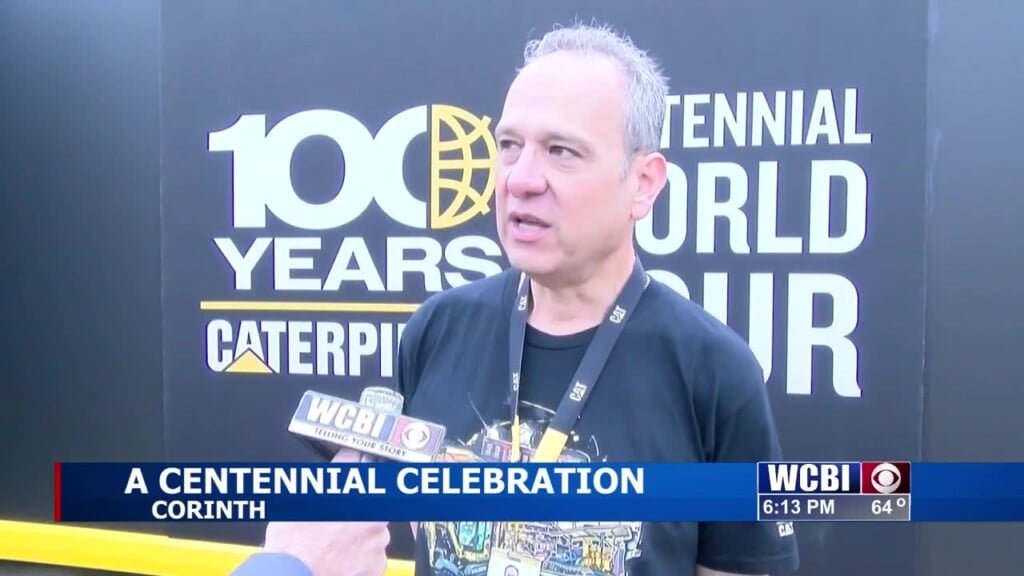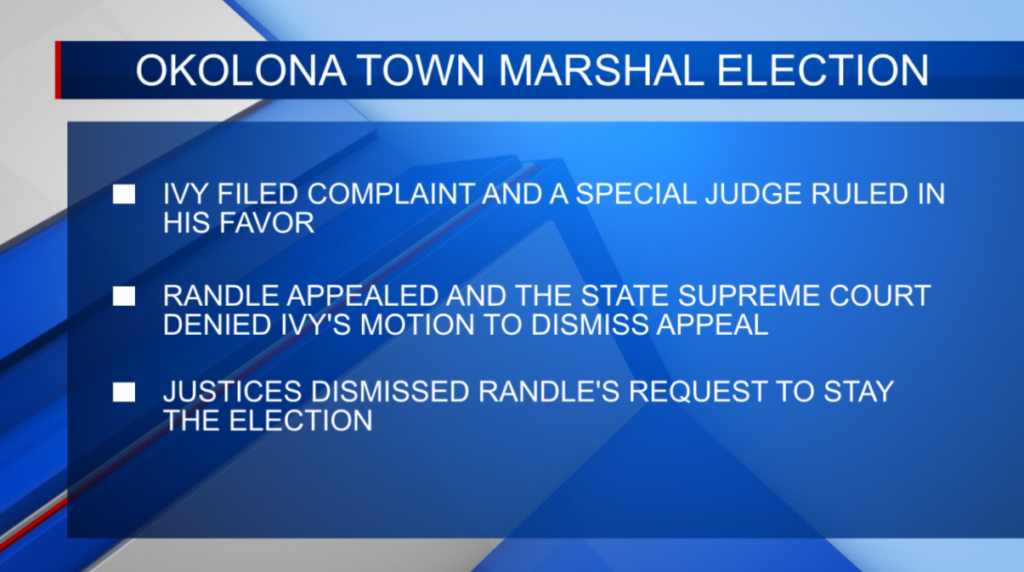Video: Hidden Treasures — Alligators of the Noxubee National Wildlife Refuge
[bitsontherun VfFgkBaz]
BROOKSVILLE, Miss. (WCBI) – Spring is here and the temperatures are increasing. With the extra sunshine, people are headed outdoors, and so are the animals.
On the Sam D. Hamilton Noxubee National Wildlife Refuge, you’re bound to find a few alligators.
“We’ve got all size classes, from eight inches up to maybe 13 and a half feet. Some weigh almost 1,000 pounds,” said refuge manager, Steve Reagan.
Six American alligators were first introduced to the refuge in 1969. Through the early 1970s more were released and the population continued to grow.
Today about 200 American alligators live on the refuge. The Cypress Cove boardwalk, and the spillway are two of their favorite spots.
If the air is warm, the gators will emerge. During the cool winter months they dig dens to bury into. Once it hits about 70 degrees you’re sure to see some eyes above the water. They’ll let you come close too.
“Alligators are something to respect. Generally, if an alligator wants to eat another alligator, a 12 foot alligator can swallow an 11 foot or an eight foot whole. They have the potential to do a lot of harm, but I think humans must really taste poor because alligators and most animals want nothing to do with us. Unless you’ve been feeding them and they think your hand comes with a piece of chicken or a turkey sandwich, that’s when we start having problems,” Reagan said.
American alligators typically thrive in coastal environments. Gator hunting is not allowed on the refuge, but the population is controlled naturally. Raccoons may eat gator eggs, and because of the colder temperatures, respiratory infections are common with old age. But they do have 48,000 acres to roam.
“These lands that aren’t developed are really what this wildlife needs. They want areas that are undisturbed, that have a lot of the natural components, the food resources they need and the security they need,” Reagan said.
For many visitors, these are the first alligators they have ever seen.
“A lot of times they’re standing here on this deck asking where do I see them, and we send them on their adventure to hopefully get a look at one. Sometimes it’s easy, sometimes it’s hard, but no matter how many times you see an alligator it’s always a special experience,” said Reagan.
The refuge is free to enter. The visitor center is open Monday through Friday 7:30 to 4:00, Saturdays 10:00 to 4:00 and Sundays 1:00 to 4:00.





Leave a Reply